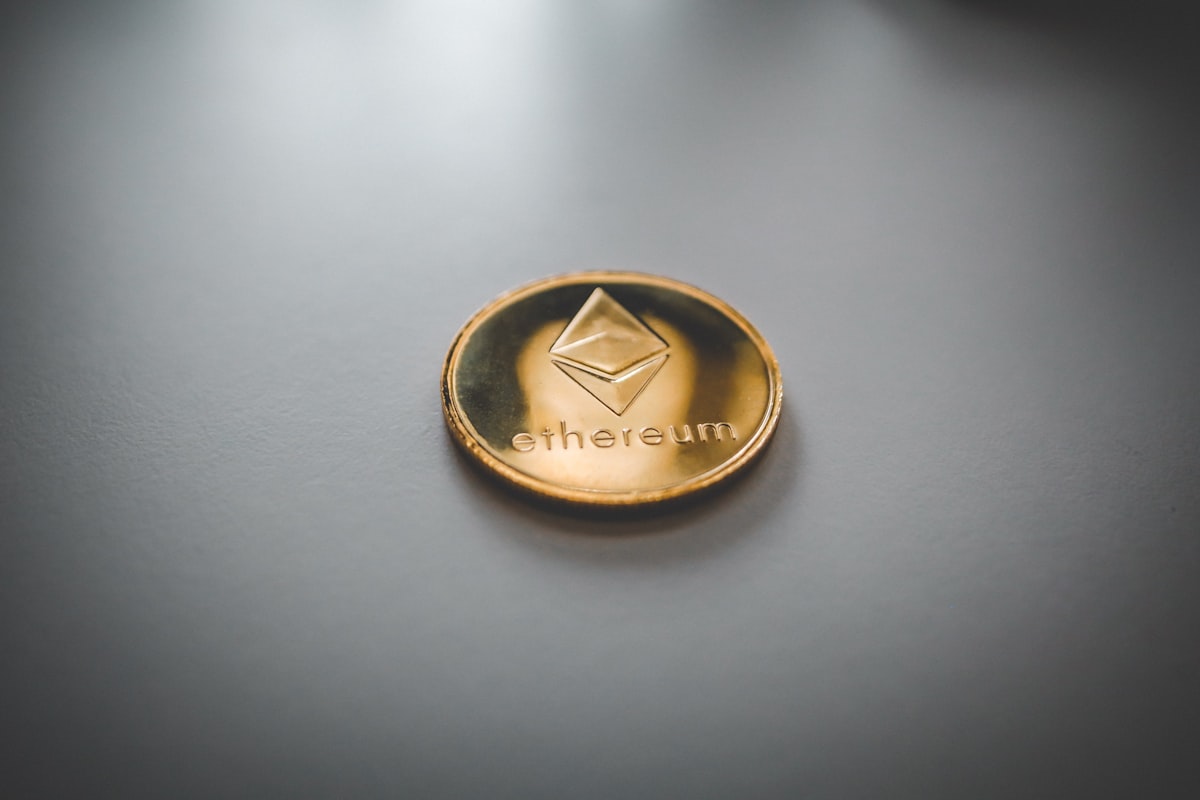Can Ethereum deliver on the promise of being a shared world computing platform?

Ethereum is often viewed as the number two cryptocurrency, finishing second to the more dominant bitcoin.
And while bitcoin enjoys its moment in the sun as being the first cryptocurrency with a multi-billion dollar market cap, Ethereum doesn’t seem to get as much attention or excitement (its market cap hovers around $1 billion). Why is that?
I think probably there are two reasons: The first is the price difference. Bitcoin is trading at around $1,000, which is enough to turn the heads of lots of people. The second reason and this is probably the more important long-term factor, is that bitcoin and Ethereum were designed for two different things.
While they are both blockchain-based, bitcoin was built to function as a peer-to-peer payment system and is now often compared to a form of digital gold. Ethereum, on the other hand, was designed as a blockchain system that can be customized to drive all kinds of apps.
Explaining Ethereum, its inventor, Vitalik Buterin, explains the difference on Coin Center:
In a nutshell, Ethereum is a new innovation in computing built from technologies and concepts originally pioneered in bitcoin. Bitcoin is widely understood as a system for generating a shared world ledger that securely records bitcoin balances. Ethereum uses many of the same systems (such as blockchains and peer-to-peer networking) in order to generate a shared world computing platform that can flexibly but securely run any application users want to code (shared ledgers like bitcoin included).
What’s a smart contract?

The Ethereum functionality that, at least for now, gets the most attention is the blockchain’s ability to record and execute smart contracts.
Smart contracts have the potential to increase transparency and efficiency in a variety of transactions ranging from real estate and financial dealings to gambling and enforcing international treaties.
A blockchain-based smart contract could be between two people, or multi people and entities. Agreements are made and then enforced by the underlying computer code.
Since the Ethereum blockchain lives and operates on a distributed computing network, the logic goes, the contracts would not be able to be tampered with. And once they are written they can’t be undone until executed (although, this last point does raise some questions and probably some tricky legal issues and as we’ll see in a minute, might not even really be true).
One feature of smart contracts is that the users or groups arranging the contracts can remain anonymous, but still held accountable to an agreement.
Beyond smart contracts, there is also a lot of interest in how Ethereum can be used to securely network internet of things devices. As more devices become connected, setting up how and when information is shared between devices and with third party companies safely and privately will become more of an issue.
Investing in Ethereum
Like bitcoin, the Ethereum blockchain does have an associated token or coin, which is called ether.
Though there are some similarities (the main one, for our purposes, is that ether can be bought and sold on major cryptocurrency exchanges), ether is used on the Ethereum network to pay for the fees associated with the computing power needed to maintain the blockchain’s apps.
The security and efficiency of smart contracts seemed to have a bright future, reflected in the growing value of Ethereum. Then, in mid-June 2016, an organization called The DAO was hacked and $50 million in ether was stolen.
A DAO is a distributed autonomous organization, which, simply put, is a collective guided by the smart contract model. The DAO was designed as a new kind of investment fund).
In this case, the security breach was caused by a coding issue when The DAO was formed and was not caused by some root problem with Ethereum’s blockchain.
Although, the fallout from The DAO hack caused a hard fork in the blockchain. The fork was designed to restore the ether stolen by the hacker, essentially reversing a blockchain, which was before seen as an irreversible process. The fork and ensuing controversy caused ether value to drop.
The fork also resulted in two Ethereum blockchains. One is called Ethereum Classic (the original chain) and the other is just called Ethereum.